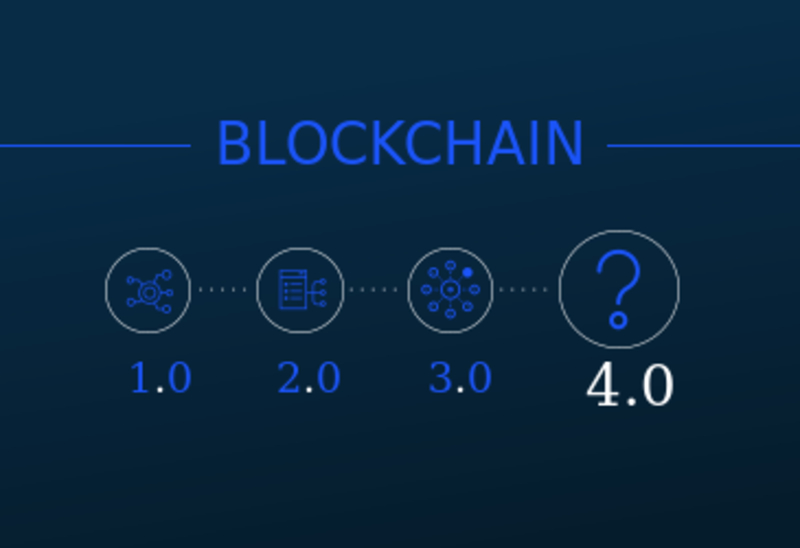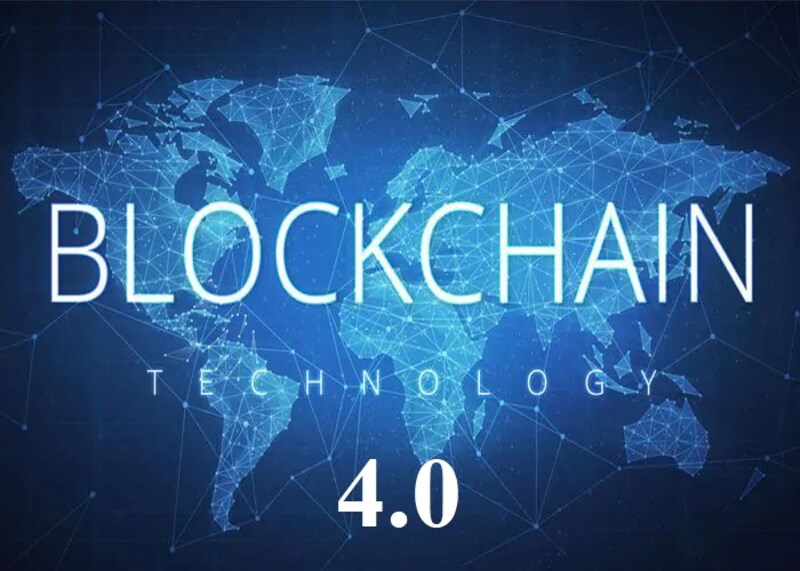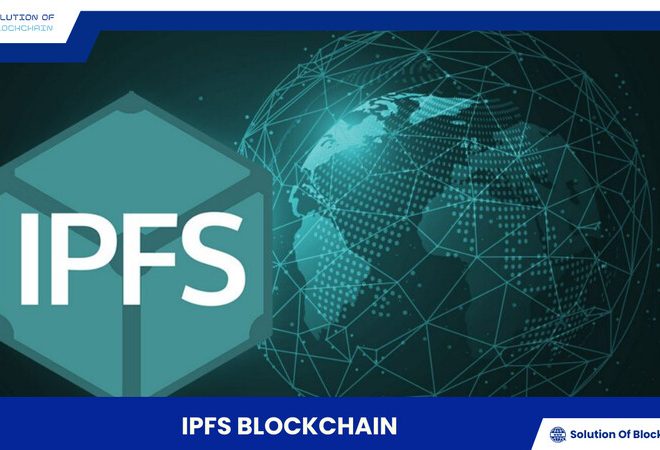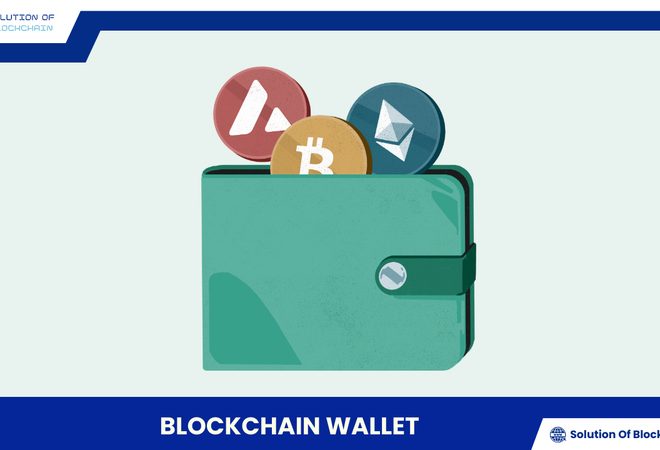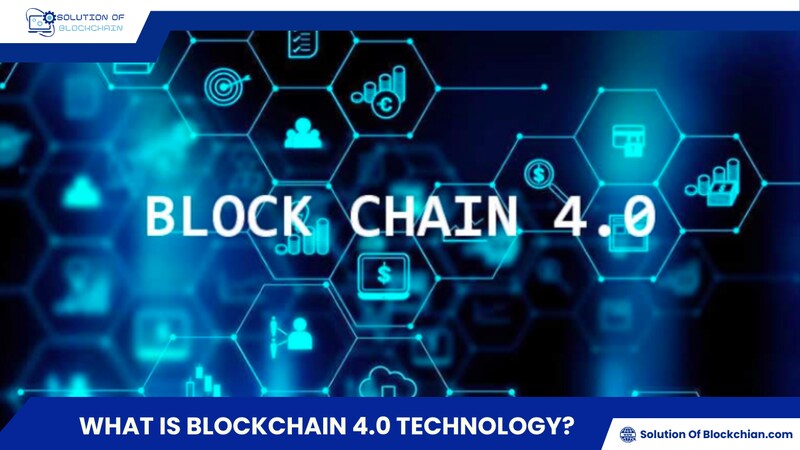
What is Blockchain 4.0 technology? Applications & benefits
What is Blockchain 4.0 technology? This is the latest advancement in blockchain technology, promising to revolutionize digital finance with superior processing speed and diverse applicability. Discover the potential of Blockchain 4.0 and stay ahead of the future!
Introduction to Blockchain
The world is changing at a dizzying pace. The explosion of the Internet and digital technology has created breakthroughs in all aspects of life. In this context, Blockchain has emerged as a breakthrough technology, opening the door to a new era of transparency, security, and efficiency.
Blockchain is a technology for storing and transmitting information in a secure, transparent, and immutable way. Each block contains a certain amount of information and is linked to others using cryptography, forming a seamless chain of data.
The development of Blockchain can be divided into main stages:
- Blockchain 1.0: The initial stage, typically represented by Bitcoin, focused on creating cryptocurrencies and conducting peer-to-peer financial transactions.
- Blockchain 2.0: The stage of developing smart contracts, allowing for the automation of agreements and transactions without the need for third-party intervention. Ethereum is a prime example of this stage.
- Blockchain 3.0: The stage of applying Blockchain to various fields beyond finance, such as supply chains, healthcare, and elections.
However, previous Blockchain versions still have limitations in processing speed, scalability, and transaction costs. To address these issues, Blockchain 4.0 technology was born, marking a new step forward in the digital technology revolution.
What is Blockchain 4.0 technology?
Blockchain 4.0 technology is an upgraded version of Blockchain, designed to overcome the limitations of previous versions and deliver significant improvements in speed, scalability, security, and applicability.
Key features of Blockchain 4.0:
- Superior processing speed: It utilizes advanced technologies such as sharding, DAG (Directed Acyclic Graph), and Proof-of-Stake (PoS) to increase transaction processing speeds to thousands, even millions of transactions per second.
- High scalability: It has the ability to scale to meet the growing needs of the system, allowing millions of users to participate without affecting performance.
- Optimal security: It uses advanced encryption algorithms and new consensus mechanisms to ensure security and resist cyberattacks.
- High applicability: It can be applied in various fields, from finance and banking to supply chains, healthcare, education, and real estate.
Comparing Blockchain 4.0 with previous versions
To better understand the breakthrough of Blockchain 4.0, let’s compare it in detail with its predecessors:
Processing speed
- Blockchain 1.0 (Bitcoin): Relatively slow transaction processing speed, only about 7 transactions per second. This causes network congestion and high transaction fees when the network is overloaded.
- Blockchain 2.0 (Ethereum): Improved speed, around 15-20 transactions per second. However, it is still not enough to meet the needs of complex applications and the increasing number of users.
- Blockchain 3.0 (e.g., EOS, Cardano): Processing speed continues to be enhanced, reaching hundreds to thousands of transactions per second thanks to new technologies like Delegated Proof-of-Stake (DPoS).
- Blockchain 4.0: Achieves a breakthrough with processing speeds of thousands, even millions of transactions per second by applying advanced technologies like sharding, DAG, and improved Proof-of-Stake (PoS). This opens up the possibility of applying Blockchain in fields requiring high processing speeds such as real-time payments and the Internet of Things (IoT).
Scalability
- Blockchain 1.0 & 2.0: Limited scalability, difficulty in meeting the increasing number of users and applications.
- Blockchain 3.0: Improved scalability, but still faces challenges when the number of transactions increases dramatically.
- Blockchain 4.0: Superior scalability, allowing the system to handle large amounts of data and users without affecting performance. This helps Blockchain 4.0 meet the needs of large-scale applications and the development of the Internet.
Security
- Blockchain 1.0, 2.0 & 3.0: All have high security due to encryption and consensus mechanisms. However, there are still potential attack risks, especially 51% attacks on Blockchains using Proof-of-Work (PoW).
- Blockchain 4.0: Enhanced security with advanced encryption algorithms and new consensus mechanisms like improved Proof-of-Stake (PoS), minimizing attack risks and ensuring data security.
Applicability
- Blockchain 1.0: Mainly applied in the field of cryptocurrencies (Bitcoin).
- Blockchain 2.0: Expanded applications to smart contracts, allowing for the automation of agreements and transactions.
- Blockchain 3.0: Diverse applications in many fields such as supply chain, healthcare, and identity management.
- Blockchain 4.0: Highest applicability, can be integrated into almost every aspect of life, from finance and banking to healthcare, education, real estate, and energy.
Blockchain 4.0 is a significant advancement over previous versions, offering notable improvements in processing speed, scalability, security, and applicability. It not only addresses the limitations of previous versions but also opens up new opportunities for the development of Blockchain technology and its applications in the future.
Applications of Blockchain 4.0
With its superior improvements, Blockchain 4.0 is being widely applied in many fields, providing effective solutions to real-world problems.
In finance and banking
- International payments: Blockchain 4.0 allows for fast, secure, and lower-cost international payment transactions compared to traditional methods.
- Asset management: Blockchain 4.0 helps manage digital assets efficiently, transparently, and securely.
- Decentralized Finance (DeFi): Blockchain 4.0 is the foundation for the development of DeFi, allowing users to access financial services without intermediaries.
In supply chains
- Product traceability: Blockchain 4.0 helps track product origin from manufacturer to consumer, ensuring transparency and combating counterfeiting.
- Logistics optimization: Blockchain 4.0 helps optimize logistics processes, reducing costs and shipping times.
In healthcare
- Medical record storage: Blockchain 4.0 allows for secure and confidential storage of electronic medical records, facilitating easy sharing between healthcare facilities.
- Patient data management: Blockchain 4.0 helps manage patient data effectively, protecting personal information and supporting medical research.
In education
- Certificate verification: Blockchain 4.0 helps verify certificates quickly, accurately, and prevents fraud.
- Academic record management: Blockchain 4.0 helps manage student academic records efficiently and transparently.
In real estate
- Property management: Blockchain 4.0 helps manage real estate assets efficiently, transparently, and securely.
- Real estate transactions: Blockchain 4.0 allows for transparent and secure real estate transactions, minimizing risks.
- Real estate tokenization: Blockchain 4.0 allows for the tokenization of real estate, enabling fractional ownership and facilitating investment.
Benefits of Blockchain 4.0
The application of Blockchain 4.0 brings tremendous benefits to individuals, businesses, and society as a whole:
- Enhanced security: It uses advanced encryption technologies and new consensus mechanisms to protect data, prevent fraud, and enhance trust.
- Increased transaction speed: It allows for fast and efficient transaction processing, minimizing waiting times.
- Improved scalability: It has the ability to scale to meet the growing needs of the system.
- Reduced costs: It helps optimize processes, eliminate intermediaries, and reduce transaction and management costs.
- Increased transparency: It provides transparent and clear information with easy traceability, enhancing trust and accountability.
Notable Blockchain 4.0 projects
- Ethereum 2.0: An upgraded version of Ethereum, using Proof-of-Stake (PoS) consensus mechanism and sharding to increase processing speed and scalability. Ethereum 2.0 is expected to become the platform for many decentralized applications in the future.
- Polkadot: A multi-chain Blockchain network that allows different Blockchains to connect and interact with each other. Polkadot offers high scalability, security, and interoperability between Blockchains.
- Cosmos: A network of independent Blockchains connected through the IBC (Inter-Blockchain Communication) protocol. Cosmos allows different Blockchains to exchange information and value, creating a diverse Blockchain ecosystem.
- Fantom: A high-performance Blockchain platform using the Lachesis aBFT consensus mechanism to achieve fast transaction processing speed and scalability. Fantom is designed to support decentralized applications in various fields, including DeFi, supply chains, and gaming.
- KardiaChain: A Vietnamese Blockchain project focused on connecting different Blockchains, including both public and private Blockchains. KardiaChain offers solutions to the interoperability problem between Blockchains, promoting Blockchain adoption in businesses and organizations.
Challenges and opportunities of Blockchain 4.0
Blockchain 4.0, despite its potential to revolutionize many fields, still faces certain challenges, along with great development opportunities.
Challenges of Blockchain 4.0
- Interoperability: One of the biggest challenges is the interoperability between different blockchains. Currently, many blockchains operate independently, forming information “silos.” This hinders the exchange of data and value between networks, limiting the applicability and scalability of the technology.
- Regulatory framework: The legal framework for Blockchain remains unclear in many countries. The lack of regulations and common standards creates barriers to technology adoption, making it difficult for businesses to implement Blockchain projects.
- User awareness: Although Blockchain is becoming increasingly popular, user awareness of this technology, especially Blockchain 4.0, is still limited. Many people do not fully understand the benefits and workings of Blockchain, leading to apprehension in accessing and using it.
- Energy consumption: Some blockchains, especially those using the Proof-of-Work consensus mechanism, consume a lot of energy. This raises concerns about the environmental impact and sustainability of the technology.
- Security issues: While Blockchain 4.0 is designed with high security, cybersecurity risks still exist. Sophisticated attacks targeting vulnerabilities in smart contracts or weaknesses in the system can cause significant damage.
Opportunities of Blockchain 4.0
- Development of new applications: It opens up opportunities to develop new applications in various fields, from finance and supply chains to healthcare, education, and data management. The combination of Blockchain 4.0 with other advanced technologies such as Artificial Intelligence (AI), Internet of Things (IoT), and cloud computing promises to create breakthrough solutions, bringing superior efficiency.
- Attracting investment: The Blockchain field is attracting the attention of many investors, from venture capital funds to large corporations. Strong investment in research and development will drive technological advancements and expand application possibilities.
- Changing the way of operation: It has the potential to change the way many industries operate. By creating transparency, security, and efficiency, Blockchain 4.0 can optimize processes, reduce costs, and enhance competitiveness for businesses.
- Building a decentralized economy: It is the foundation for the development of a decentralized economy, where power and value are distributed more equitably. This can promote innovation, creativity, and create new business models.
What is Blockchain 4.0 technology? It is a breakthrough in the digital technology revolution, offering significant improvements in speed, scalability, security, and applicability. Blockchain 4.0 is being applied in many fields, from finance and banking to supply chains, healthcare, education, and real estate, and promises to create profound changes in the future.
If you have any further questions about Blockchain technology, please leave a comment below the article and Solution Of Blockchain will answer them for you!


